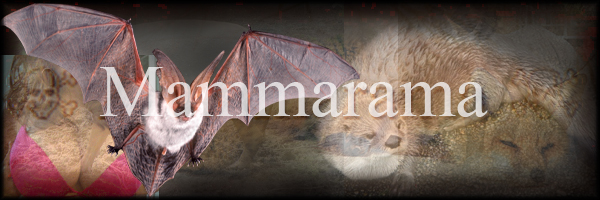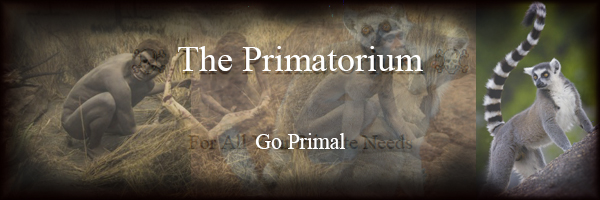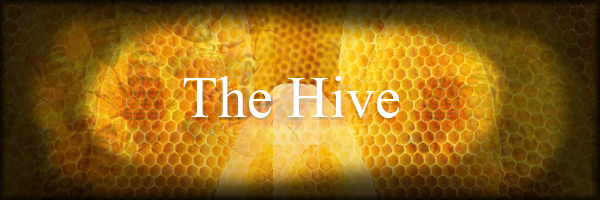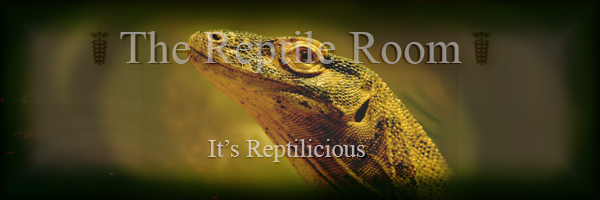
Copyright © 2001-2020 C.E. by Dustin Jon Scott
Introduction
Mammals. We've all heard about them. A few of us have probably even seen one. But, what are mammals? Where do they come from? Also known as "milk-suckers" or "milk-lizards", mammals are a highly derived group of synapsid reptile. More specifically, mammals are therapsids of the cyndont variety. The milk-lizards are one of only two major groups of endothermic or warm-blooded reptile, the other major group being the dinosaurs or avian reptiles. Milk-lizards and all other reptiles can be distinguished from their fellow tetrapods or "land-fish" by the fact that they lay their eggs out of the water (when they lay eggs, that is). In contrast to their fellow warm-blooded reptiles, the dinosaurs, the majority of mammals appear to have broken from tradition by abandoning the time-honored oviparity of their ancestors in favor of the far more obscene viviparity, excreting their vulnerable young completely unprotected directly through the birth canal, often into a pouch or incubator of some kind. Like their fellow warm-blooded reptiles, the dinosaurs, mammals are very often coated in a soft, filamentous covering, increasing the likelihood they'll be spat out by predators. The most distinguishing characteristic of mammals is the delicious and nutritious lactose-rich mucus which they use to nourish their young and excrete through pores in their skin that are evolutionarily modified sweat glands. This lactose-rich mucous isn't just food however: laced with a highly addictive neurotoxin known as oxytocin, this mucous is used to ensnare their insidiously adorable offspring with feelings of love and trust and bonding. Since they first appeared on this Earth, numerous diverse varieties of milk-lizards have appeared, all of them rats. Rats with hooves have evolved numerous times. Rats with flippers have evolved at least three times: once in the ancestor of whales and dolphins, who are together now known as cetaceans; once more in the ancestors of seals and sealions, also known as "pinnipeds". Rats with wings have only evolved once, in the chiroptera, or "bats". (At least the winged-rats have had the decency to remain monophyletic.) There are also of course rats with thumbs. Famous examples include raccoons, of the order carnivora, chinchillas of the order rodentia, and every known member of the order primata (that is, lemurs and monkeys (they're a type of tree-rat)). Out of all the lineages of lactating land-fish that we call the milk-lizards, it is this latter group of lemurs and their kin which have cause the most trouble, for it is among this group, mammalian in origin, primate in particular, that the world's first multicellular virus emerged.
Extant Mammals

(Monotremes) |

(Marsupials & Placentals) |
Subsections

|
The Primatorium: Go Primal — primatology, the subdiscipline of mammalogy dealing with the tree rats known as “primates”. |

|
The Hominid Homepage: For All Your Homo-Needs — palæoanthropology. |

|
Religion & Spirituality — cultural anthropology. |

|
The Hive: Question. Subvert. Resist. — sociology & social ethology. |

